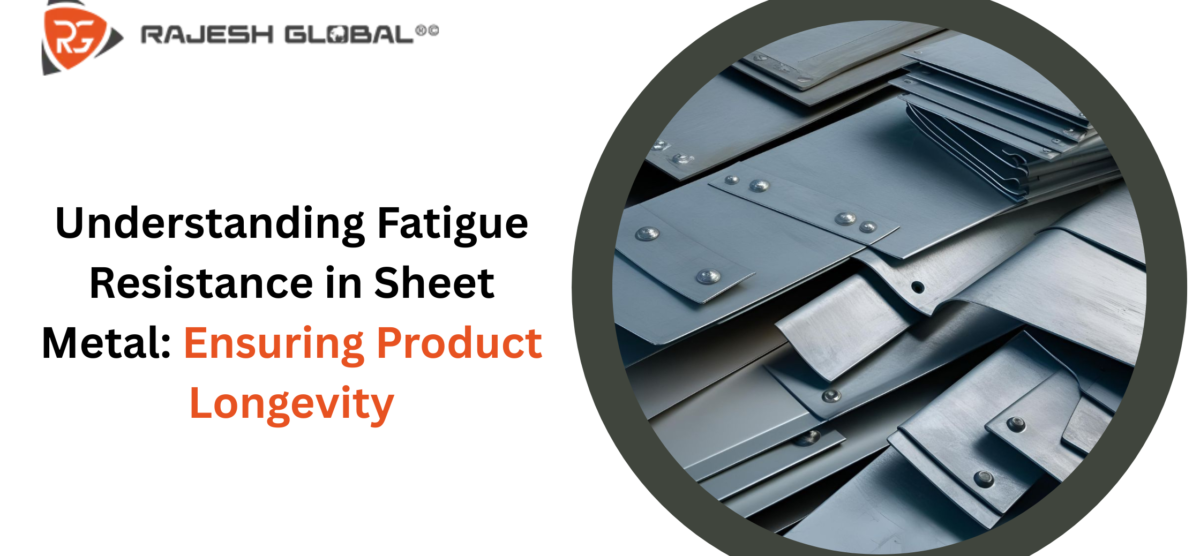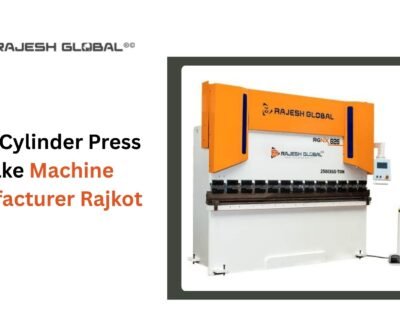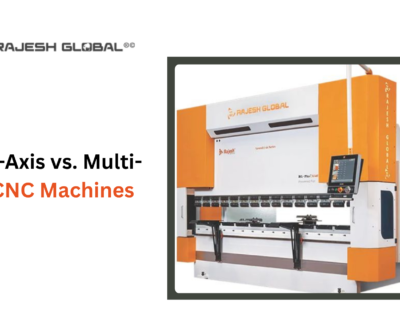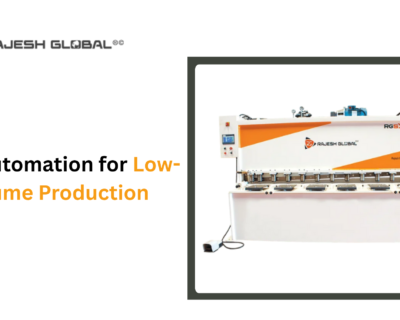Blog

Understanding Fatigue Resistance in Sheet Metal: Ensuring Product Longevity
The Hidden Crisis in Sheet Metal: Why Fatigue Isn’t Just Tiredness
Contents
- 1 The Hidden Crisis in Sheet Metal: Why Fatigue Isn’t Just Tiredness
- 2 The Physics of Fatigue: When Metal “Gets Tired”
- 3 Why Sheet Metal? The Perfect Storm of Risk Factors
- 4 Diagnosing Fatigue: Reading the Metal’s “Medical Chart”
- 5 Building Fatigue-Resistant Sheet Metal: An Entrepreneur’s Playbook
- 6 The Future of Fatigue Resistance: Where Science Fiction Meets Sheet Metal
- 7 Conclusion: Fatigue Isn’t Fate—It’s a Design Challenge
Picture this: A stainless steel component in a Mumbai high-rise elevator fails after just 18 months of service. A Chennai-made automotive chassis cracks during monsoon season. A Pune factory’s conveyor system grinds to a halt. The culprit? Metal fatigue—a phenomenon responsible for 90% of all mechanical failures in sheet metal components. For entrepreneurs, this isn’t just an engineering problem—it’s a silent profit drain that costs global industries $100 billion annually in repairs and downtime.
But here’s the kicker: Fatigue doesn’t care about your material’s initial strength. A 2025 MIT study revealed that even ultra-strong alloys can fail at 50% of their rated strength when subjected to cyclic loading. Let’s dissect this invisible adversary and arm you with strategies to outsmart it.
The Physics of Fatigue: When Metal “Gets Tired”
Fatigue occurs through a three-act tragedy:
- Microcrack Initiation: Stress concentrations (think sharp corners, scratches) nucleate submicroscopic cracks.
- Crack Propagation: Each load cycle grows these flaws like biological cells dividing.
- Catastrophic Failure: The final 1% of a component’s life consumes 90% of its fatigue resistance.
“Fatigue failure is a slow-motion suicide—the metal literally tears itself apart atom by atom.”
The Numbers That Should Keep You Up at Night
- A 0.1 mm deep scratch reduces fatigue life by 70%
- 10⁷ cycles (typical for automotive components) can be reached in just 3 months of operation
- Sheet metal in coastal regions fails 3x faster due to salt-induced corrosion fatigue
Why Sheet Metal? The Perfect Storm of Risk Factors
1. The Thickness Trap
A 2025 MDPI study on titanium-stainless steel joints found:
- 0.5 mm sheets failed at 1.99×10⁴ cycles under high stress
- 1 mm sheets lasted 6.47×10⁵ cycles—32x longer
Yet most Indian SMEs use undersized sheets to cut costs, gambling with product lifespan.
2. The Surface Finish Paradox
Polished surfaces aren’t always better. Research shows:
- Mirror finishes reduce fatigue strength by 15% through residual tensile stresses
- Controlled shot-peened surfaces boost endurance limits by 40%
3. The Welding Weakness
Laser welds create heat-affected zones (HAZ) where fatigue resistance plummets to 30% of base metal. A Delhi-based auto parts maker reduced warranty claims by 62% simply by switching to friction stir welding.
Diagnosing Fatigue: Reading the Metal’s “Medical Chart”
The Telltale Signs
- Beach marks: Concentric ridges visible under magnification
- Ratchet marks: Multi-origin cracks near stress concentrators
- Final fracture zone: Rough, crystalline texture
Advanced Detection Tools
| Method | What It Reveals |
| Replica testing | Surface crack growth rates |
| Thermography | Heat signatures of plastic deformation |
| Acoustic emission | Ultrasonic signals from crack propagation |
| EBSD | Crystal structure damage mapping |
“Modern fatigue analysis isn’t inspection—it’s predictive medicine for metals.”
Building Fatigue-Resistant Sheet Metal: An Entrepreneur’s Playbook
1. Material Selection: The Foundation
| Material | Fatigue Strength (MPa) | Best For |
| 304 Stainless | 240 | Food processing equipment |
| 6061-T6 Aluminum | 97 | Aerospace panels |
| DP980 Steel | 350 | Automotive safety cells |
| Ti-6Al-4V | 500 | Medical implants |
Source: Total Materia endurance limit database
2. Design Hacks That Outsmart Stress
- Radius rules: Make inside bend radii ≥ 1x material thickness
- Grain direction: Align forming operations with rolling direction
- Hole spacing: Keep ≥ 3x hole diameter from edges
3. Post-Processing Power Moves
- Laser shock peening: Adds compressive stresses to 1 mm depth
- Electropolishing: Removes 20 µm surface defects
- Nanocrystalline coatings: Reduce crack growth rates by 80%
A Coimbatore press tool manufacturer doubled stamping die life using these trio.
The Future of Fatigue Resistance: Where Science Fiction Meets Sheet Metal
1. Self-Healing Metals
MIT’s 2027 “Bionic Steel” prototype:
- Microcapsules release healing agents at crack sites
- Restores 93% of original strength
2. AI-Powered Predictive Maintenance
Bengaluru startup MetalMind’s system:
- Uses vibration harmonics to predict failures 142 hours in advance
- Reduces unplanned downtime by 89%
3. 4D-Printed Metastructures
IIT Madras’ shape-memory alloys:
- Reconfigure stress paths under load
- Increase fatigue life by 400% in cyclic bending tests
From Workshop to Boardroom: The Fatigue-Resistance ROI
For the savvy entrepreneur, fatigue resistance isn’t an expense—it’s a competitive weapon:
- Tata Motors saved ₹4.2 crore/year by switching to fatigue-optimized chassis designs
- Havells increased AC mounting bracket warranty from 1 to 5 years through laser peening
- Startup Mahakali secured 300% premium pricing for “Never-Fatigue” kitchen hoods
As the founder of a Pune EV battery tray firm puts it: “Our fatigue reports became our sales brochures. Customers pay for certainty.”
Conclusion: Fatigue Isn’t Fate—It’s a Design Challenge
In the high-stakes world of sheet metal products, fatigue resistance is the difference between market leadership and warranty hell. By marrying material science with smart manufacturing, today’s entrepreneurs can create components that don’t just survive—they thrive under stress.
Remember: The cost of preventing fatigue is always less than the cost of explaining failure. Or as a veteran Mumbai fabricator quips: “Good steel sleeps soundly. Make yours a deep sleeper.”
Now equipped with these insights, you’re not just selling metal—you’re selling reliability forged in atomic bonds. The question isn’t if your products will face cyclic stresses—it’s how ready they’ll be when the counting starts.







